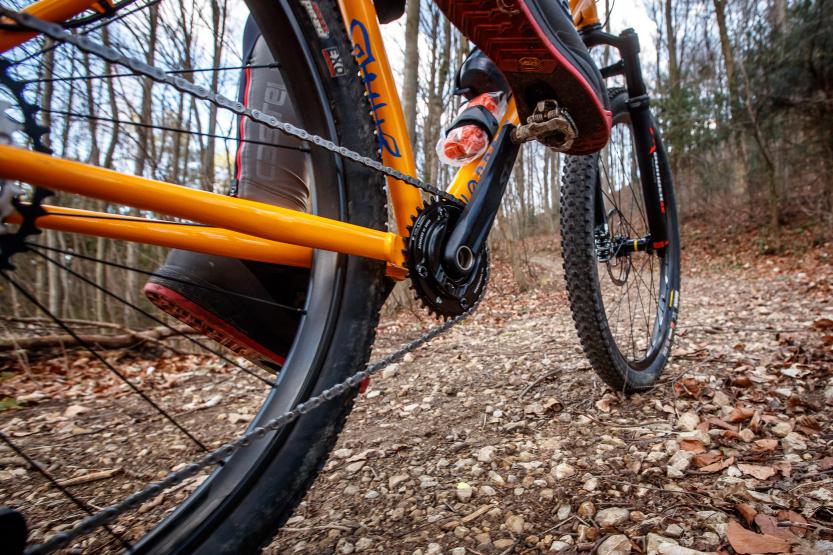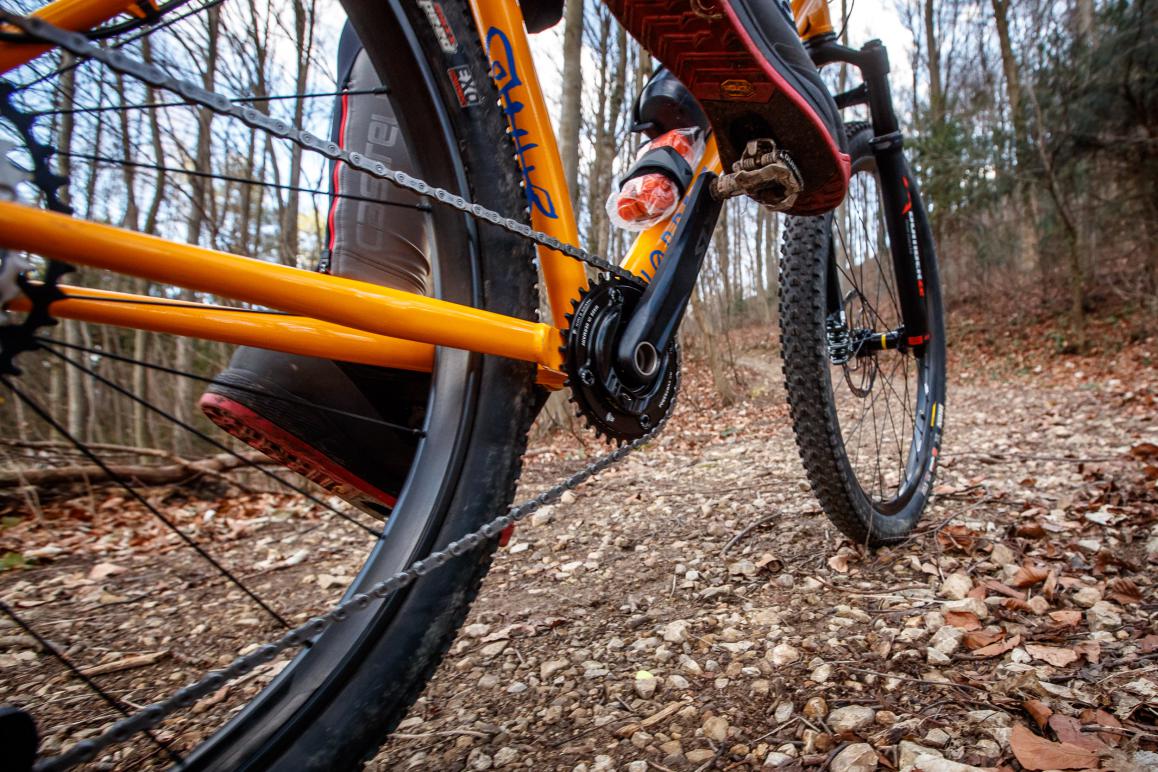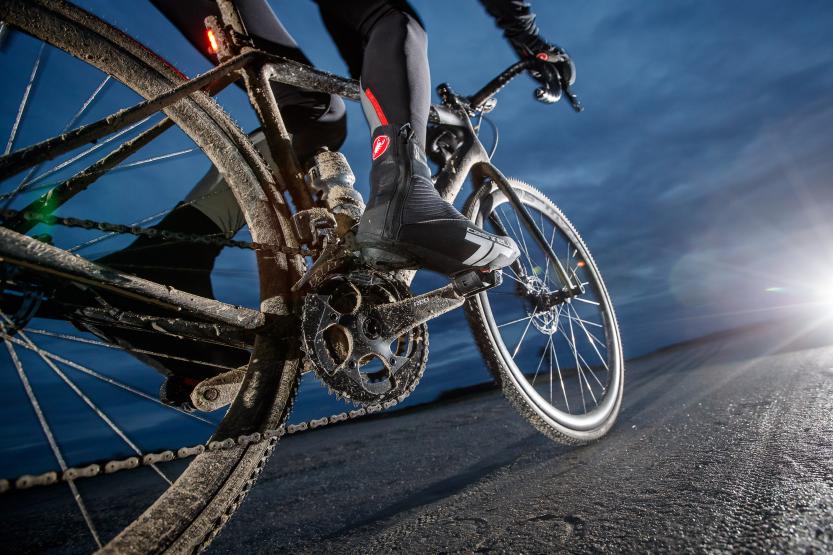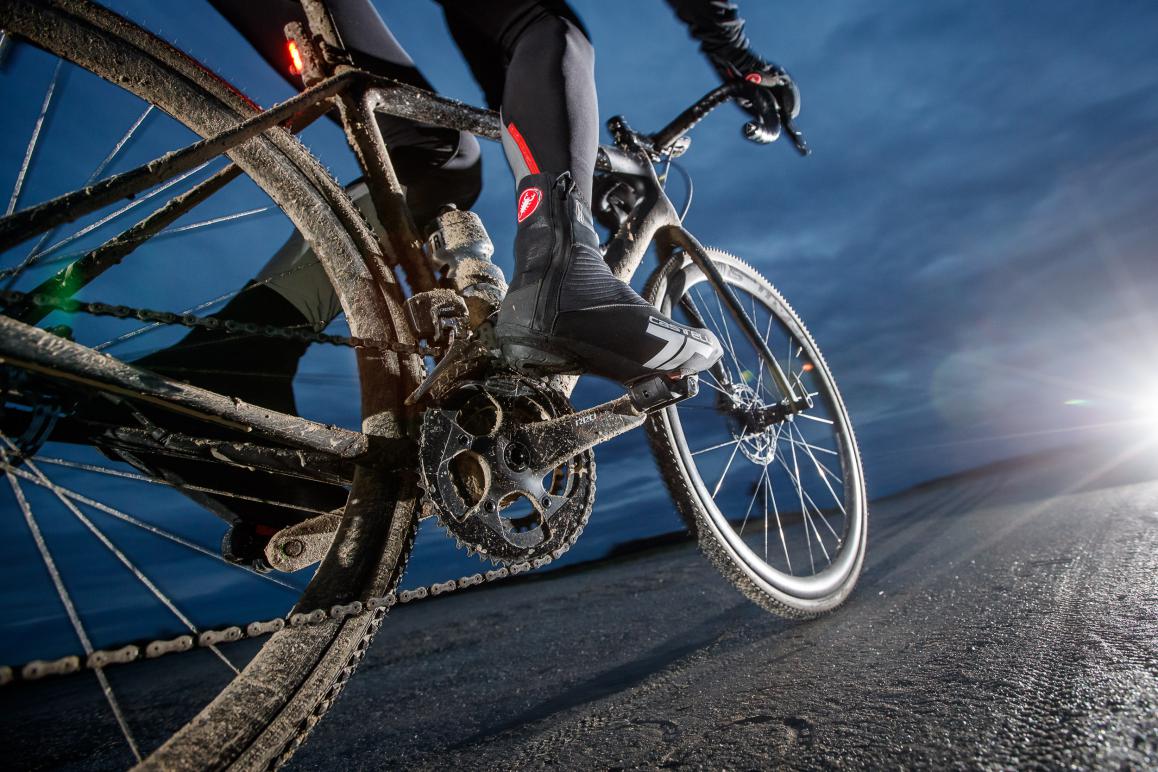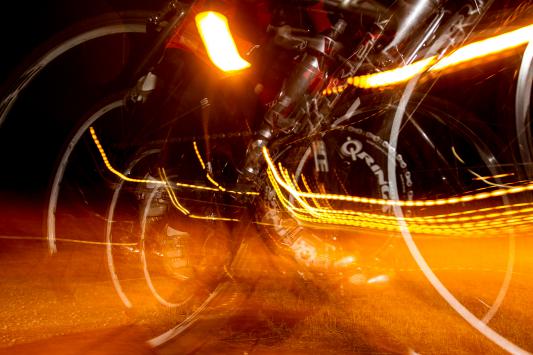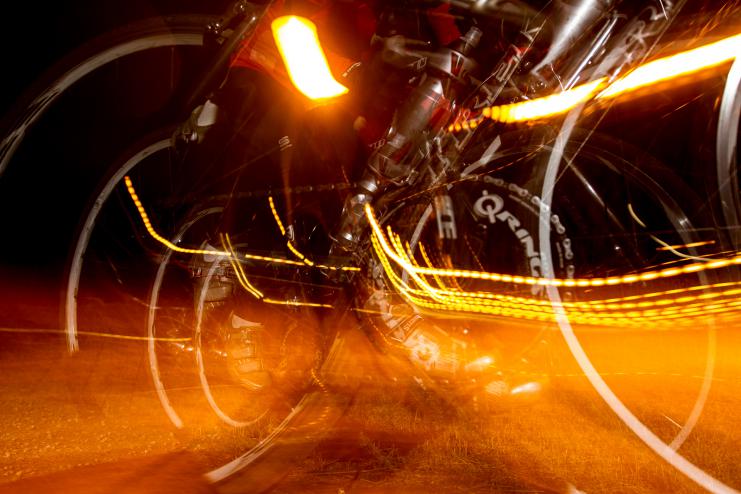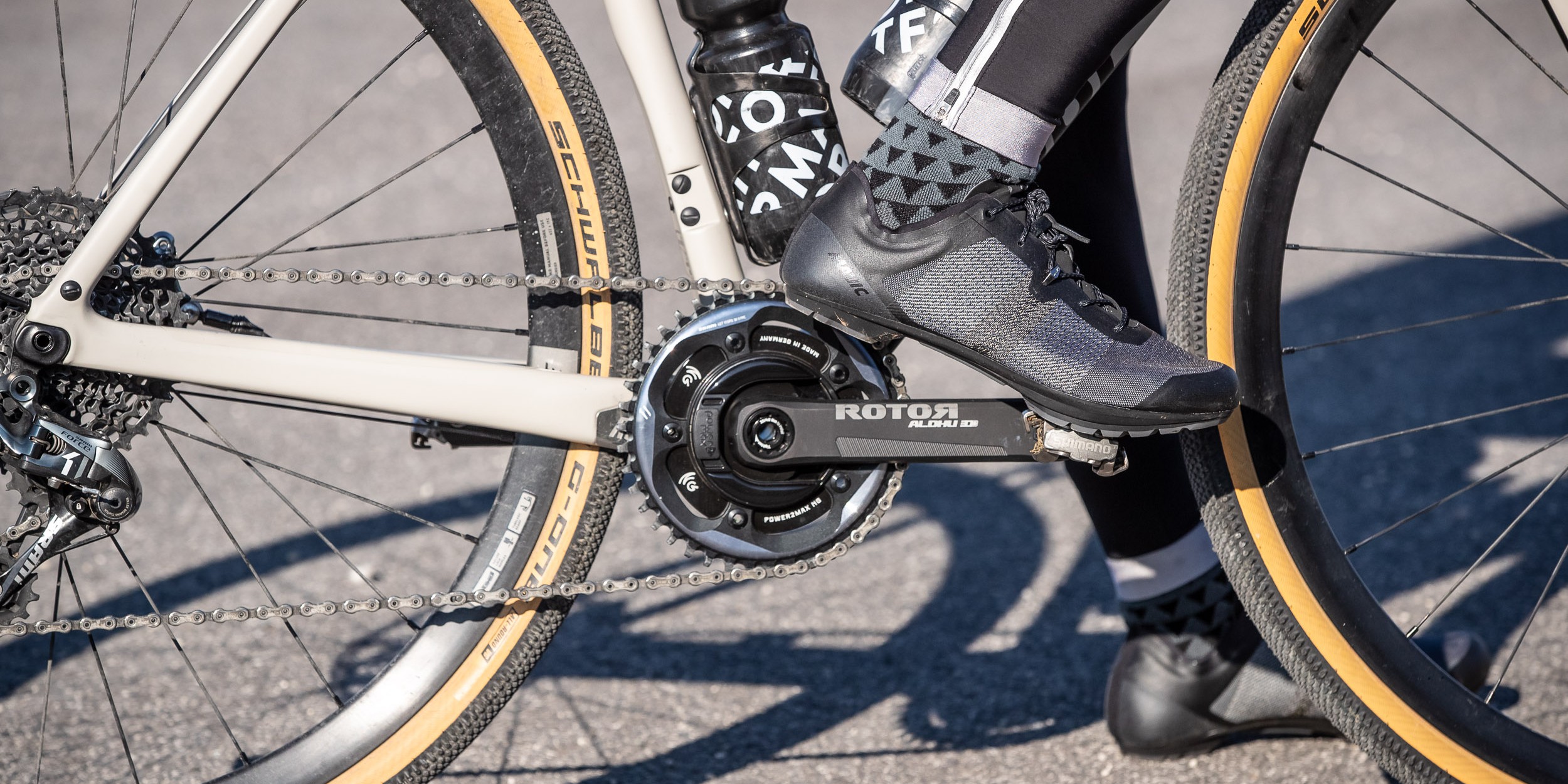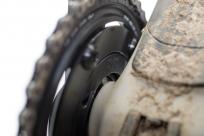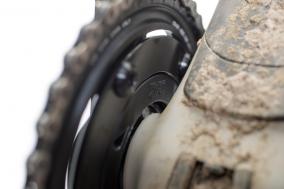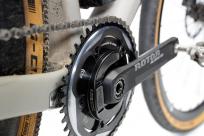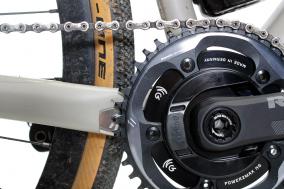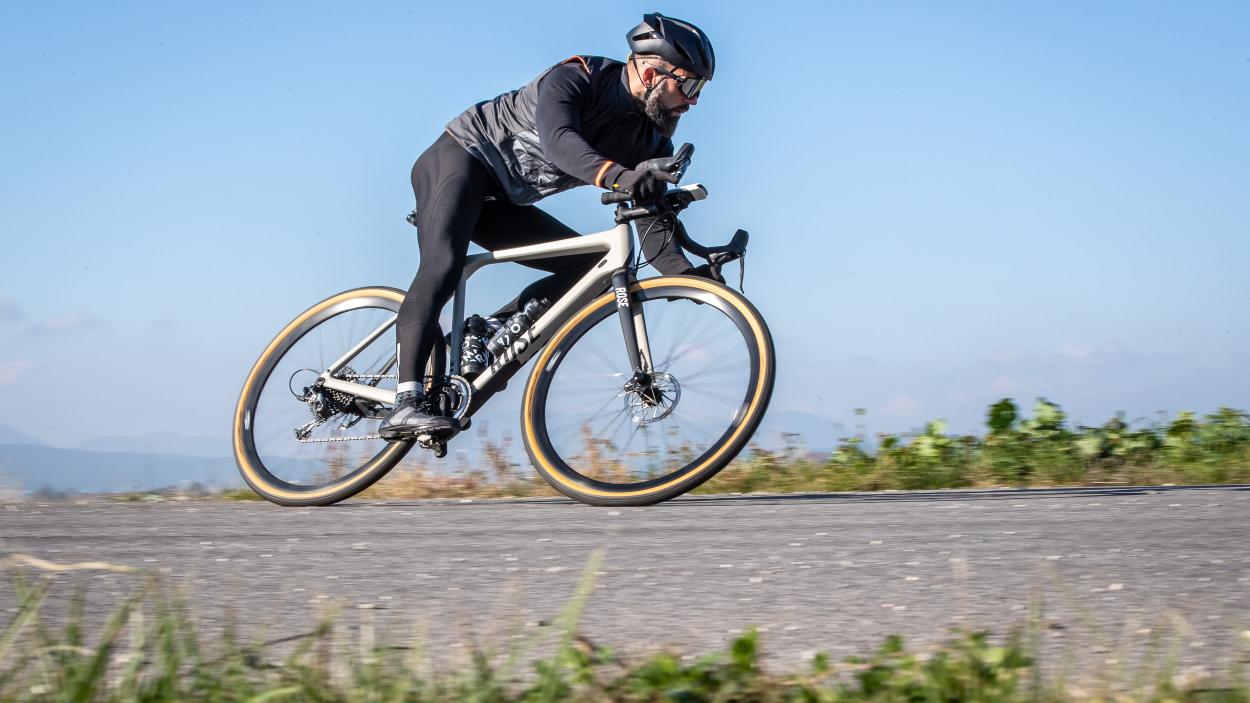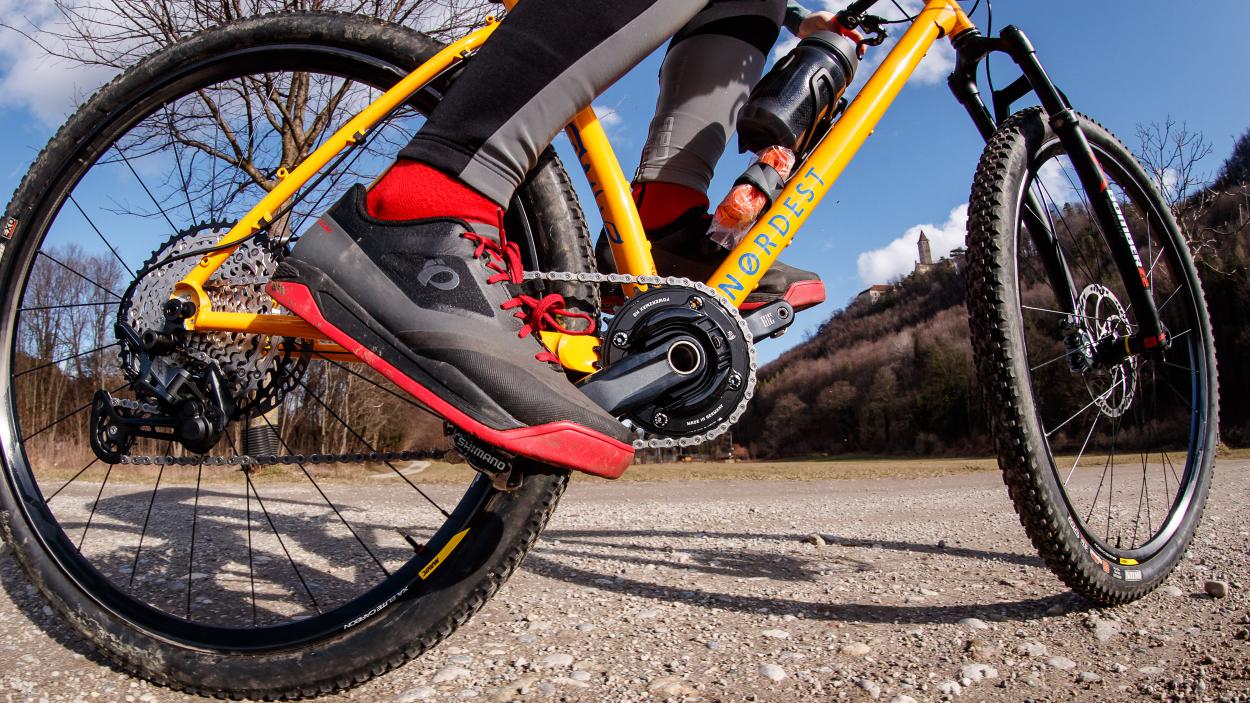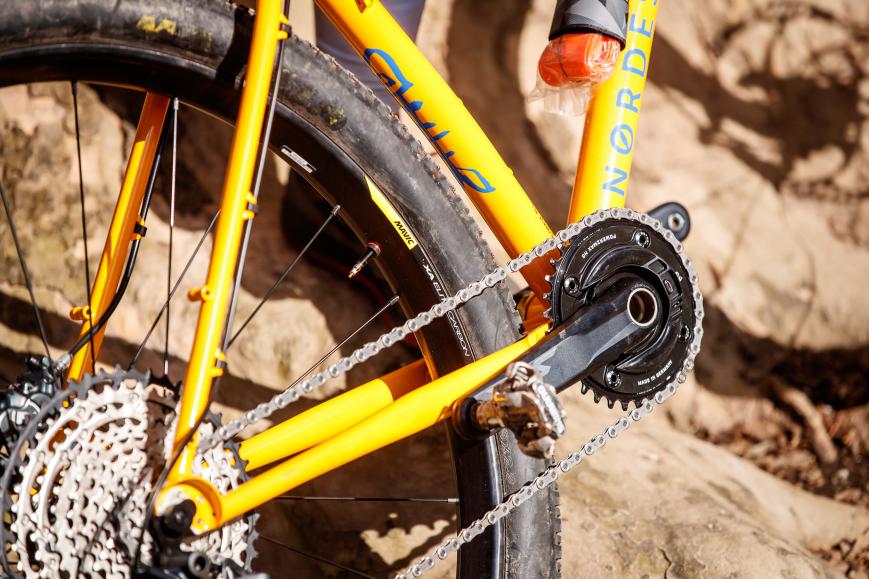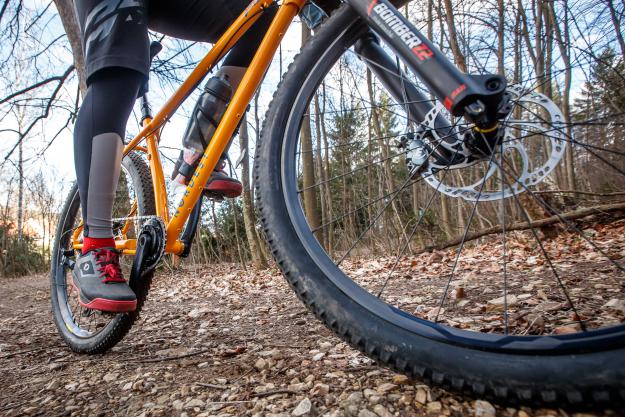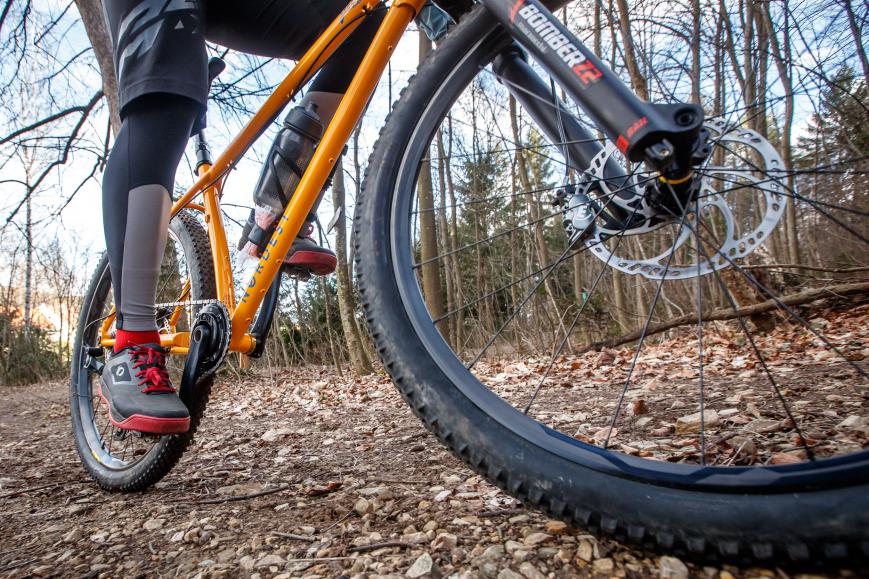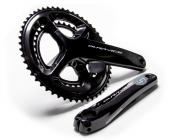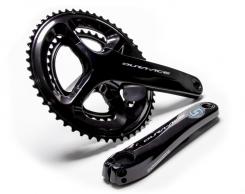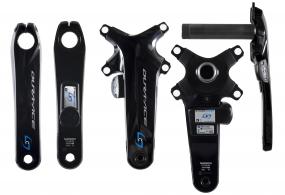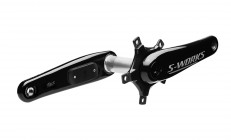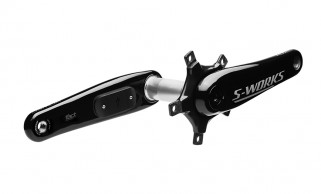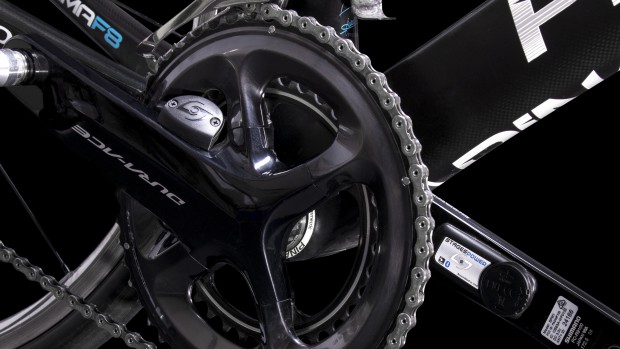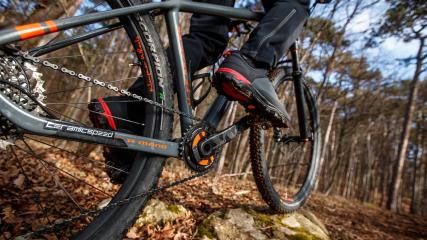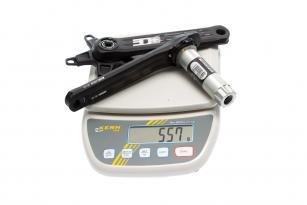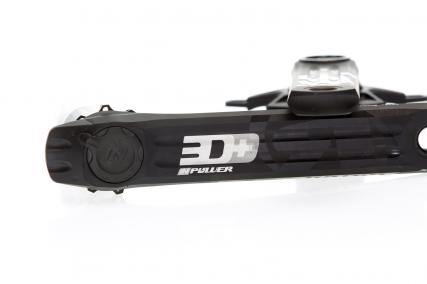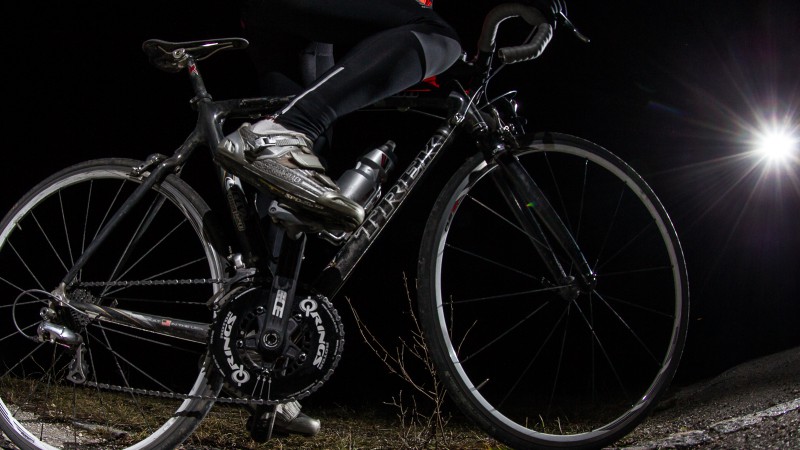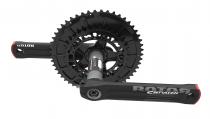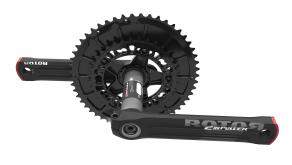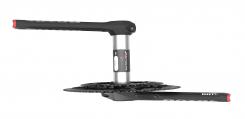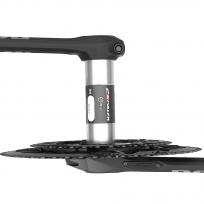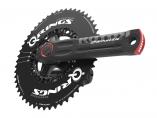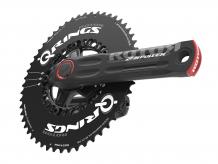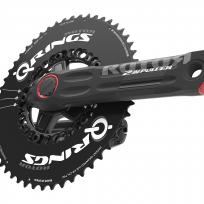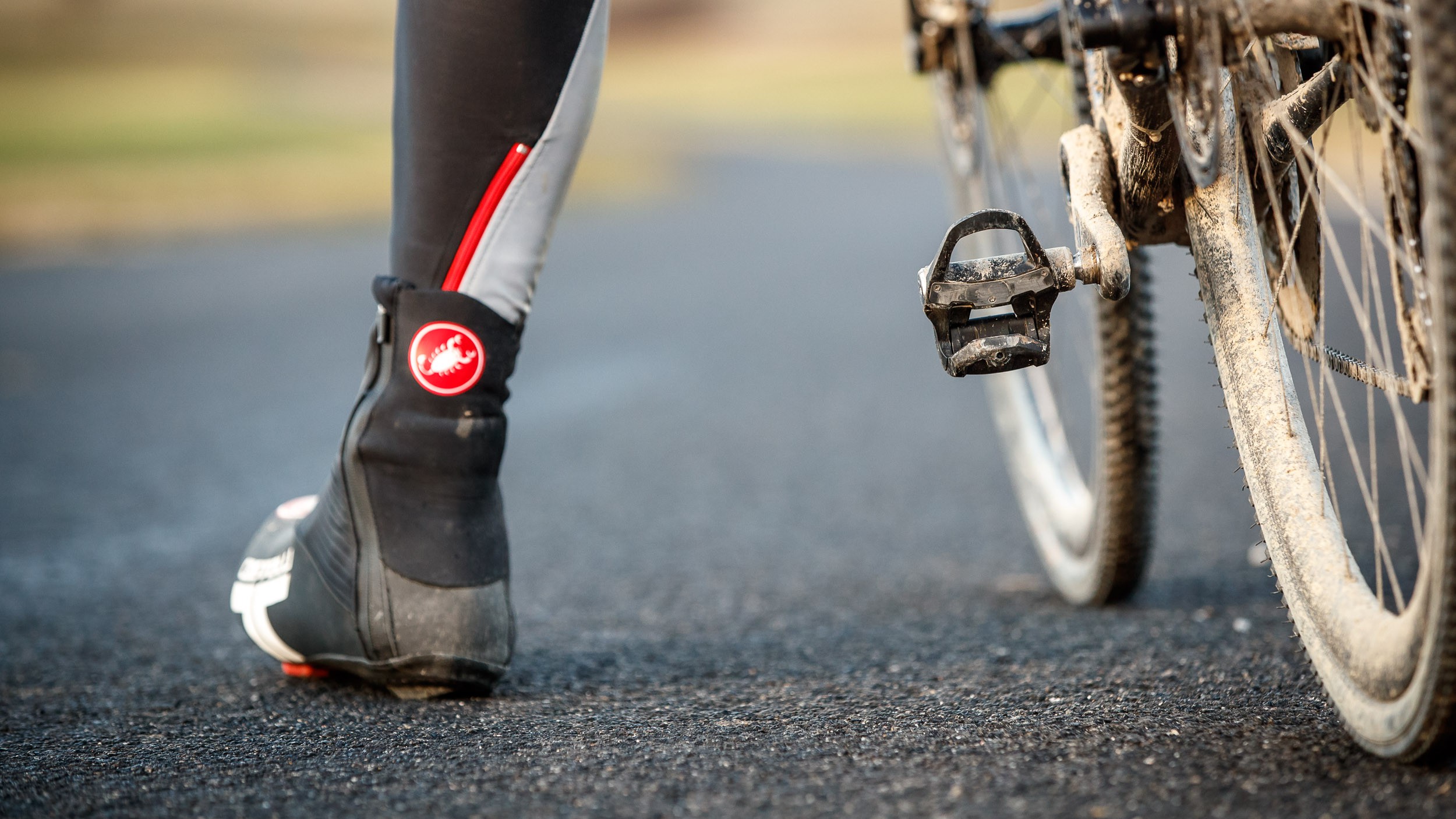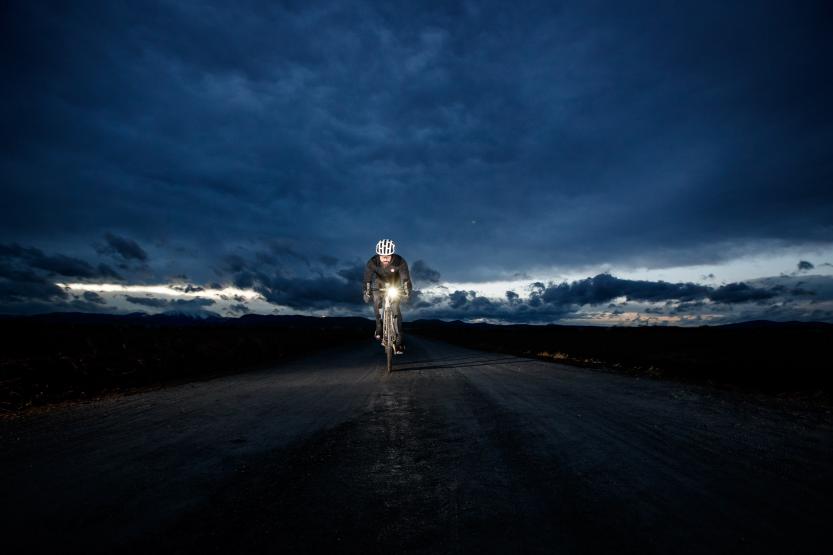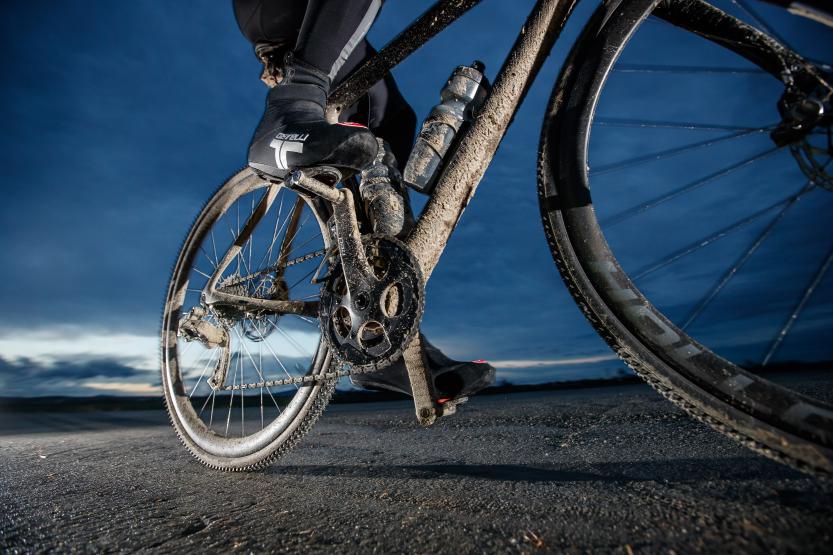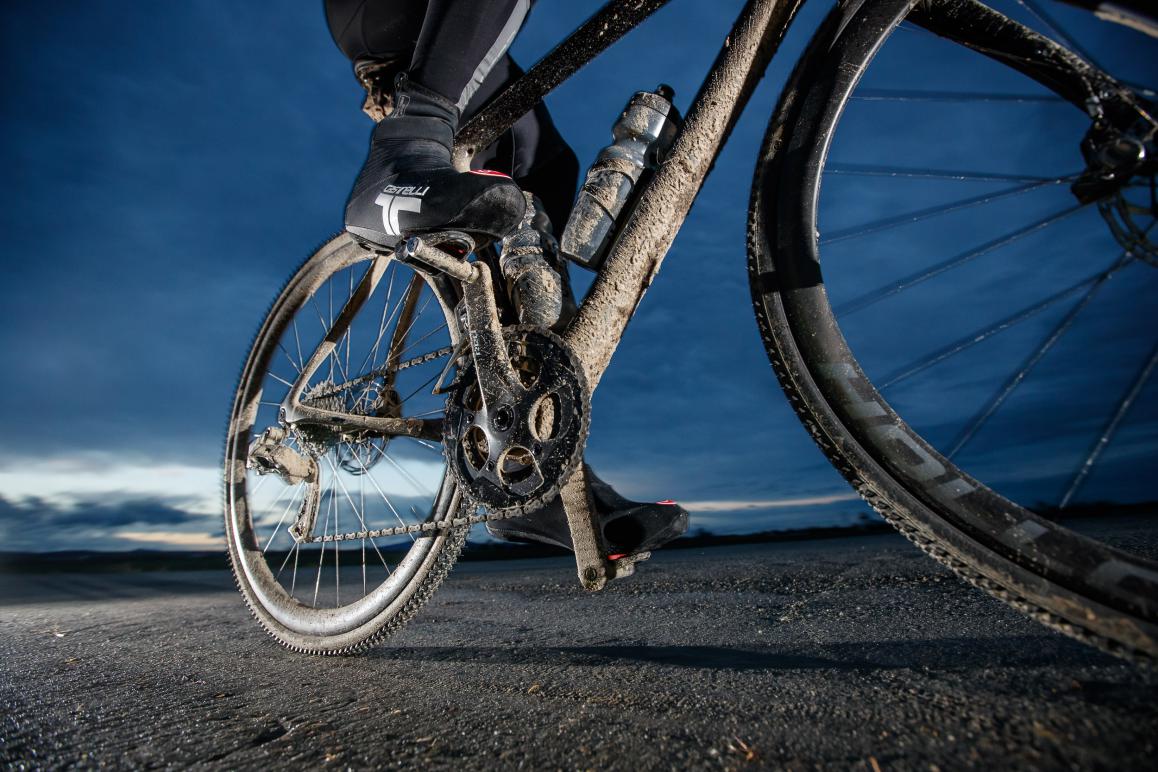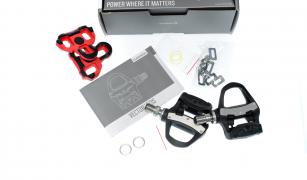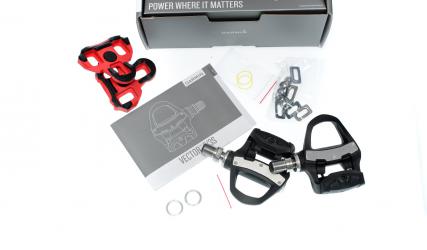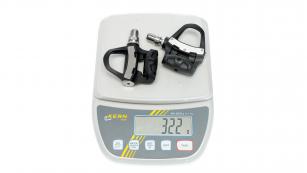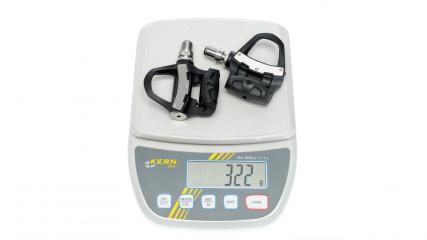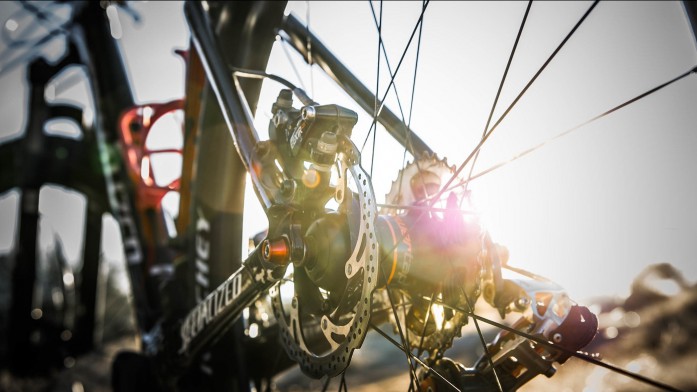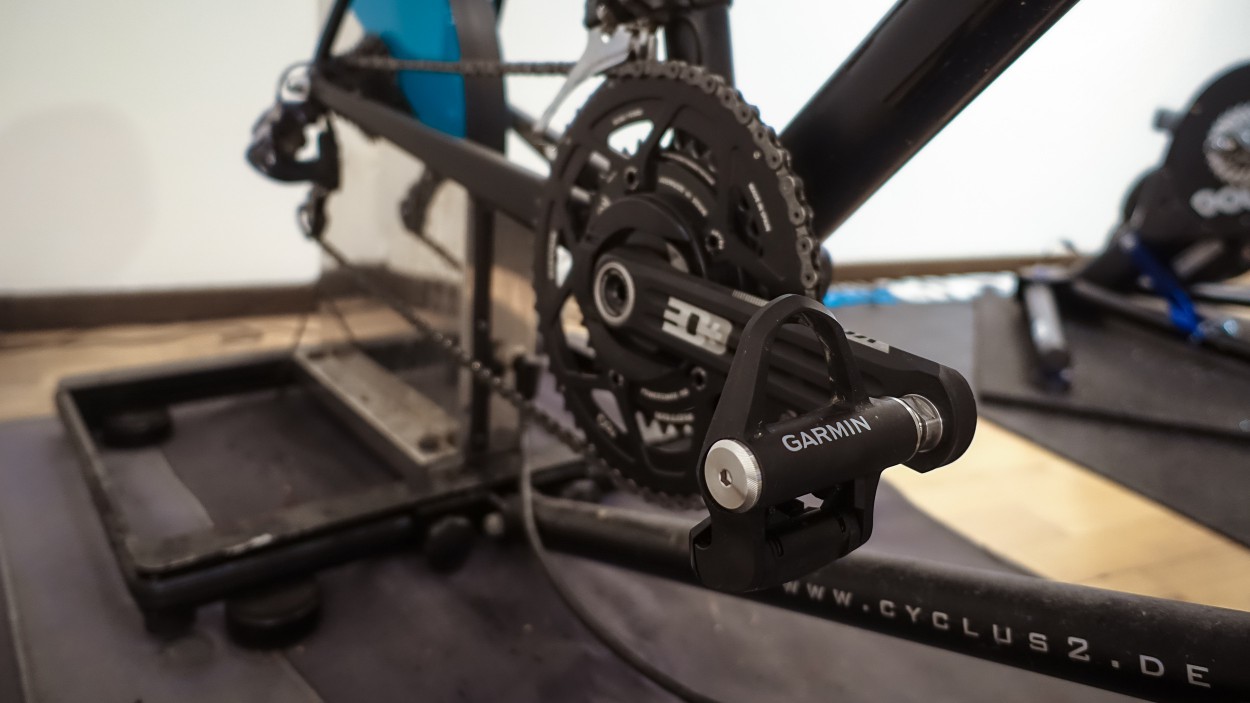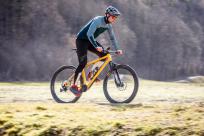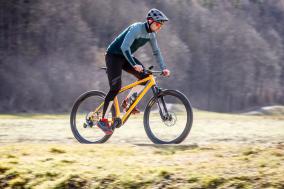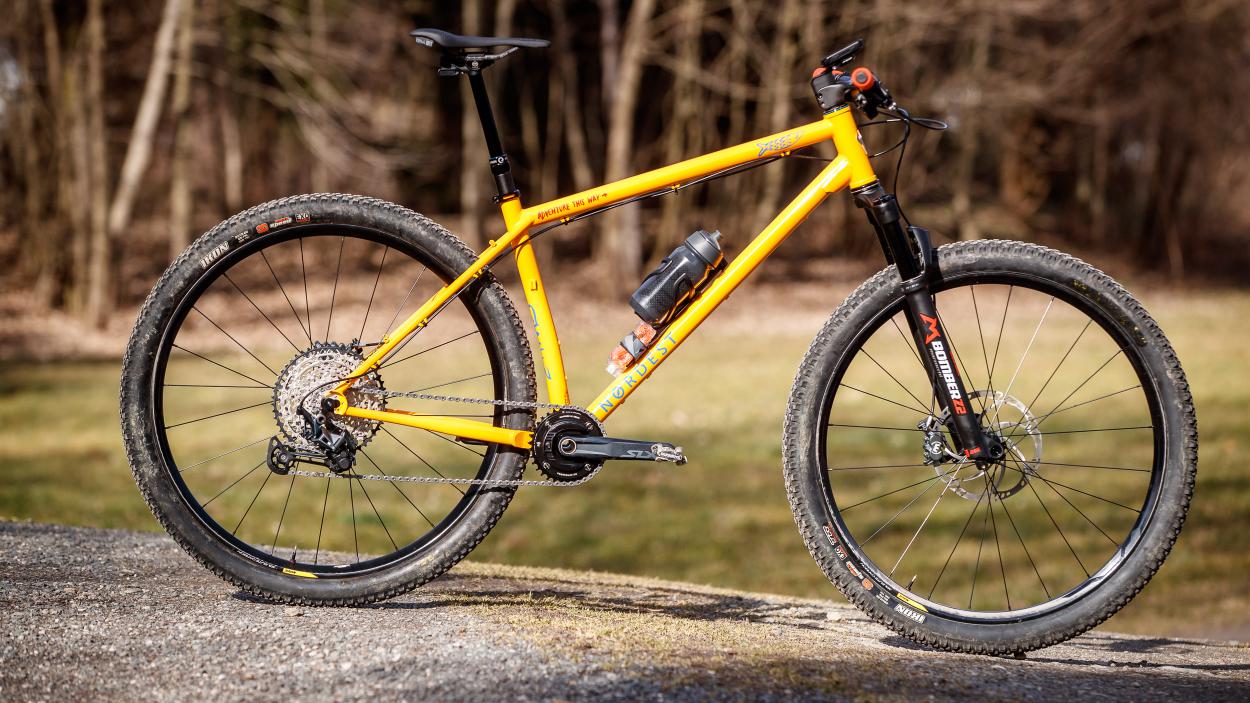
Power Meter Systems Compared
17.02.20 09:22 842020-02-17T09:22:00+01:00Text: Luke Biketalker (translated by AI)Photos: Erwin HaidenCrank, Spider, Hub, or Pedal - the selection of power meters has now become quite substantial. Here you will find an overview of all systems and their pros and cons for your purchasing decision.17.02.20 09:22 1312020-02-17T09:22:00+01:00Power Meter Systems Compared
17.02.20 09:22 1312020-02-17T09:22:00+01:00 Luke Biketalker (translated by AI) Erwin HaidenCrank, Spider, Hub, or Pedal - the selection of power meters has now become quite substantial. Here you will find an overview of all systems and their pros and cons for your purchasing decision.17.02.20 09:22 1312020-02-17T09:22:00+01:00Experts rarely agree. However, when it comes to training control in cycling, there is indeed a consensus: those who take their daily sessions seriously can hardly do without the advantages of portable power meters.
To rule out speed as a suitable parameter for controlling intensity on the bike, you don't need a PhD as a rocket scientist. Training according to your own feelings can also work, but it requires a lot of experience, a good coach, and an even better sense of your own body. And heart rate, as numerous studies and practical experiences now show, is also more of a worthwhile supplement than a real alternative for elevated demands due to temperature fluctuations, daily condition, and numerous other factors. Last but not least, there are currently no suitable devices for portable VO2max measurement.
Thus, the power you generate at the pedal, measured in watts, remains the most practical solution. The necessary effort to move myself and my bike forward is a reliable size. Because 200 watts are 200 watts, no matter whether it's flat or uphill, tired or fresh, cold or warm. What the 25 m pool and stopwatch are to the swimmer, are thus force, cadence, and the power in watts calculated from them to the cyclist: P = F x V (or actually 2Pi x Force x Crank Length x Cadence), a reliable parameter for the power currently produced.
2Pi x Force x Crank Length x Pedaling Rate
the simplest way to realistic performance dataNumerous manufacturers have committed themselves to measuring this over the years. SRM with its power meter cranks is no longer the sole ruler over the market. Manufacturers like power2max, Stages, Rotor, Powertap, and Garmin have all developed their own systems with individual strengths and weaknesses. Depending on the system, measurements are taken at the crankshaft, the spider, the crank arm, the hub, or the pedals. And now it's done either on one side or both sides. And in terms of price, there is a wide range from a few hundred euros to beyond 2,000 euros. The big commonality is actually just the use of strain gauges, whose data is sometimes processed better, sometimes worse, and sent to a bicycle computer or a smartphone via ANT+ or Bluetooth.
Agony of Choice
The complexity of the power meter market is doubly large. If one wants a power meter on their bike, it's no longer just about deciding which manufacturer to trust. The offered systems differ fundamentally in precision, weight, handling, size, and the product itself. After all, a pedal is not a crank, a crank arm is not a chainring, and a hub is something else again.
For all systems, the advantages and disadvantages swing somewhere between price/performance, accuracy, and the fact of how easily they can be swapped from one bike to another. To decipher the matrix, one must be honest with oneself: What is my budget, for what do I want to use the power meter, how much will I use the power meter, on how many bikes do I want to install the system, what kind of bikes are they, and what are my expectations for the accuracy of my data. Before we get lost in the details, here's a brief overview:
Overview of PM Systems
| Single-sided measurement: | Dual-sided measurement: | Dual-sided measurement in one (crank spider-PM): | |
| + | Simple, usually inexpensive | Left/right balance is recorded, many parameters are available, as each leg is measured individually. | The power of the left and right leg is measured directly in the crank spider, very accurate, robust and straightforward in handling and when switching between multiple bikes, depending on the requirement also very inexpensive, extremely durable due to the lack of rotating parts. |
| - | Usually inaccurate, as the power of the measured leg is only doubled | Generally more expensive, more complicated in handling, measurement error can even double in the worst case due to the two external units. | Not compatible with every crank, if one desires high-end in the crank, manufacturers also charge accordingly. |
Excluding the crank spider power meter as perhaps the most practical solution, after the decision of the side, that is, only the decision remains where to measure and what demands to place on handling, bike change, and accuracy. In terms of price, there are candidates for all systems in all categories.
Unilateral vs. Bilateral Power Measurement
Although it is generally possible to set the left/right balance in advance with unilateral systems, firstly not everyone has values for their imbalances at hand, and secondly, even with an adjusted balance, it is not possible to obtain reliable values. Because if a distribution of about 53/47 percent would always remain 53/47, at least comparability over time would be given. In reality, however, the balance shifts with increasing fatigue, during out-of-saddle pedaling, and at different cadences and load intensities.
All this means that one should enjoy the calculated data with caution, and makes comparability with other power meters and performance tests on the ergometer difficult.
Theses that advocate for bilateral measurement:
- a) The real-time display of the L/R balance typically fluctuates during training and across intensities between a maximum of 40/60 and 60/40. In the extreme case, this results in up to +/- 20% deviation from bilateral measurements.
- b) Hardly anyone has two exactly equally strong halves of the body or legs. Moreover, the L/R balance changes with increasing intensity and fatigue. Even an average value of, for example, 49/51 means a deviation of -2% for unilateral measurement.
- c) Said average deviation is also, as already mentioned, never constant. Cadence, seating position, training intensity, and duration significantly influence the deviation.
When data for each leg is actually collected separately, parameters such as "smooth pedaling" or a detailed L/R balance are usually available. However, these dual-measuring systems have a significant disadvantage compared to measurements on the chainring spider. Since every power meter has a measurement inaccuracy between +/-1 and 2%, the measurement error can even double in the worst case. Measurements on the chainring spider are likely to provide the most reliable data.
Crank-based Systems
Crank-based systems like those from the forefather SRM are probably the most widespread today. However, where exactly the systems place their strain gauges and thus the measuring electronics varies between the different concepts and is always associated with advantages and disadvantages.
Crank Power Meter - Measurement electronics are located in the left, right, or both crank arms
For the crank-based power meters, the electronics are located either on the left or right crank arm depending on the manufacturer and model, or in both crank arms. The most well-known representatives are the Stages Power meters, which are available for many crank models, as well as Shimano, Specialized with its Power Cranks (in collaboration with 4iii), 4iiii, and Avio as a kit (meaning just the electronics, which have to be glued to the crank arm...), as well as Verve with its InfoCrank that offer corresponding models.
The systems are comparatively light and only a few grams heavier than standard crank arms. Moreover, the technology is relatively robust, virtually wear-free, and easy to swap. If one rides Shimano cranks of the same generation and length on all their bikes, for instance, the single-sided variant can be switched quickly. Swapping single-sided Ultegra Power meters from Stages takes less than five minutes. With dual-sided variants, the effort is naturally greater, but is actually also manageable.
Crank Power Meter
| + | especially with one-sided systems quick assembly, large selection and corresponding price range; two-sided offers many parameters, that you may or may not need |
| - | greater inaccuracy due to doubled power measurement (one-sided) or potential multiplied deviation of the measurement by two measuring systems |
| Prices: | € 360,- to € 1,100,- (two-sided measurement starting at around € 800,-) |
Axle Power Meter - Measurement electronics are located in the crank axle
Rotor INpower, Team Zwatt Zpindle, and the products from Race Face/Easton are the most well-known representatives of axle-based power meters. The entire measuring unit is located in the axle, which is actually a shaft. There, it is well protected from external influences, falls, or transport damage. On the other hand, because the system measures at the axle housing, it can only detect the left crank side. Subsequently, the power output is doubled. Depending on the system, relatively simple installation/conversion. However, it also comes with inherent inaccuracies due to the system.
Axle Power Meter
| + | robust, versatile, usually uncomplicated installation |
| - | Measurement is only on one side, limited choice of manufacturers |
| Prices: | From about € 800,- |
Axle-Crank Power Meter - Measurement electronics are located in the crankshaft as well as in the right crank arm
Axle-crank power meters, such as the Rotor 2INPower, combine the robustness of axle power meters with the evaluation possibilities of a true bilateral measurement. The strain gauges are located both in the axle (for capturing the left leg) and in the crank arm (for capturing the right side). Rotor manages, as one of the few manufacturers (alongside power2max), to also produce reliable data for oval chainrings. In addition, the system can provide information on left/right balance as well as on pedaling efficiency and pedaling pattern optimization. A lot of data, the necessity of which one might question. Due to the two combined measuring units, there is also the risk of doubling the measuring error in extreme cases.
Axle-Crank Power Meter
| + | precise measurement, dual-sided data and therefore many measurement parameters |
| - | somewhat complex installation due to crankset swap, potential inaccuracy due to double measurement error (dual-sided measurement...) |
| Prices: | € 500,- to € 1,050,- |
Chainring Powermeter - Measurement electronics are located on the large chainring
In this system, power is measured at the large chainring. The only apparent representative is/was the Powertap C1 introduced in 2015.
Although the system has the advantage of being able to measure the power for both legs simultaneously very precisely due to its positioning, the solution is only suitable for a 110 mm bolt circle diameter and selected gear ratios (50/36, 52/36, and 53/39 teeth). The sensor is/was sold together with chainrings, but it is not a disposable product as one might assume. Rather, once the chainrings are worn out or desired in a different size, they can be repurchased.
Those who are familiar with the installation and are blessed with some mechanical skill can be happy with it; those with lesser manual skills would probably need a mechanic at hand.
Crank Spider Powermeter - Measuring electronics are located between the right crank arm and the chainrings, thus replacing the spider
Schober Rad Messtechnik - better known as SRM - has set a precedent. Today, among others, Power2max, FSA (a Power2max product), Team Zwatt Zpider, and Quarq/Sram offer crank spider power meters. And there is a good reason for that. Because crank spider power meters, with strain gauges integrated into the crank spider, always measure the power of both legs simultaneously. Thus, they provide not only precise but above all reliable and consistent performance data.
Additionally, the power meter is protected from pedals, crank arms, and chainrings - so it is highly unlikely to damage the measuring unit in case of a fall. Assuming proper maintenance, crank spider power meters also have a very high life expectancy, as the system does not require rotating components and can thus be designed almost wear-free. Here, the batteries - or rechargeable batteries - are probably the weakest point.
The downside of the system - at least when one insists on a specific crank - is the fact that it demands a modular crank. The crank arm and spider must be two separate parts, as the power meter replaces the standard spider. Some Shimano groups, for example, are therefore not an option. But one can resort to universal cranks like the lightweight and stiff Rotor products. When retrofitting, the entire crank must be replaced, but apart from that, the system is probably the hottest tip in the field of power meters. With this system, everything is possible, from affordable spider-only solutions to the more expensive custom carbon crank.
Crank Spider Power Meter
| + | Power from the left and right leg is measured together directly in the crank spider, very accurate, robust and straightforward to handle, depending on the requirement also very affordable, extremely durable due to lack of rotating parts |
| - | not compatible with every crankset, if you want high-end in the crankset, manufacturers will charge accordingly, retrofitting requires complete removal of the crankset |
| Prices: | € 500,- (without crankset) to € 3,400,- (Campagnolo high-end solutions) |
Power Measurement Pedals - Measurement electronics are located on/in the left or right pedal, sometimes on both pedals.
Attempts had been made for some time, but with the Garmin Vector, now in its third generation, there was for the first time a power measuring pedal that could establish itself on the market. SRM Exakt, SRM X-Power (coming soon), Favero Assioma, Favereo bePRO, PowerTap P1/P2, and Polar/Look now offer variants.
The measurement electronics are usually located in the pedal axle and are thus protected from the pedal body but still quite exposed. Except for SRM and its soon-to-be-available X-Power system, most manufacturers therefore do not venture into the MTB and off-road sector but remain limited to road bike systems. Those who ride Shimano cleats, as well as Speedplay fans, are out of luck. The systems are largely based on the Look platform or have their own solutions ready, like the old PowerTap P1 or Favero Assioma. However, with Wahoo's recent Speedplay deal, this could potentially change soon.
The biggest advantage of the system is the - depending on the manufacturer, generation, and whether or not pods need to be installed - quick setup. In the best practice example, switching between two bikes requires nothing more than unscrewing the pedals and calibrating the system. Moreover, the power is measured exactly where the legs apply the force. Depending on the requirement, unilateral as well as bilateral measurement - i.e., electronics in one or both pedals - is offered. This also enables complex analyses such as R/L balance and many other additional parameters. However, the manufacturers also want to be compensated for the gained versatility financially.
Pedal Power Meter
| + | modern systems without pods are easily mounted and can be quickly switched between two bikes, dual-sided measurement possible, outputs many performance parameters, measures the force exactly where it is applied |
| - | measuring unit is quite exposed, limited to a few pedal systems (mainly Look), greater measurement inaccuracies possible |
| Prices: | € 400,- to € 1,250,- (dual-sided measurement from about € 750,-) |
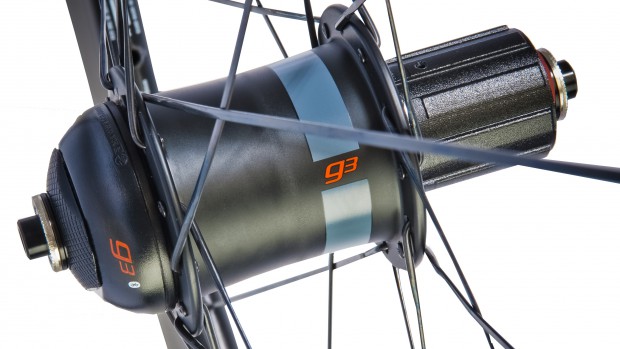 Powertap is now in the hands of Quarq, thus part of the Sram range. The power meter is fixed to a wheel due to its construction in the hub. With all the advantages, but also disadvantages.Powertap is now in the hands of Quarq, thus part of the Sram range. The power meter is fixed to a wheel due to its construction in the hub. With all the advantages, but also disadvantages.
Powertap is now in the hands of Quarq, thus part of the Sram range. The power meter is fixed to a wheel due to its construction in the hub. With all the advantages, but also disadvantages.Powertap is now in the hands of Quarq, thus part of the Sram range. The power meter is fixed to a wheel due to its construction in the hub. With all the advantages, but also disadvantages.
Hub Powermeter - the measuring electronics are found in the hub
PowerTap entered the market around 20 years ago with its hub power meters. The Powertap G3 system (which, by the way, belongs to Quarq) is today also the sole ruler in the sector. The strain gauges are located inside the rear hub and thus measure the power at the rear wheel. The values collected in this way are generally slightly lower than those from crank-based solutions, since power is "lost" through the chain, pedal, and bottom bracket.
If the installation width fits, the power meter system can be transferred from one bike to another in a matter of seconds. It doesn't require more than a wheel change. However, if you are looking for a special rim, you have to have your wheel built first. And if you want to switch between a training bike and a racing bike, you have to consider whether you really want to ride the racing wheelset in training or the training setup in competition. Not to mention the mixed use of gravel, cyclocross, and road bikes.
Primarily, the hub power meter is very popular in the triathlon scene. There are now solutions for 130, 135, and 142 x 12 mm rear ends, and in terms of price, it is in the mid-range, but you must consider the purchase of an entire (custom) wheelset.
Hub Power Meter
| + | once installed, the system is straightforward to handle, can be quickly switched between two bikes with the same axle standard, robust technology is well protected |
| - | rotating component can wear out, performance may be displayed slightly lower due to losses between pedal, crank, chain, and hub, switching between training and racing bike not always sensible, must be built up with a rim to a wheel and can then be correspondingly expensive - but then good wheels are anyway |
| Prices: | € 720,- to € 1,250,- (without wheel) |
Where one finds oneself in the spectrum of offers, everyone must decide for themselves. As already said, every system has its advantages, but also disadvantages. If you are not bound to sponsors, but have the freedom to choose and really want to train according to the most accurate values possible, which are also comparable with performance tests and the like, then the category of crank spider power meters is probably considered the non-plus-ultra. Those who frequently switch bikes or fly to training camps and rent a bike there might find their luck with (dual-sided) pedal power meters.
Within our editorial team, the system from power2max has emerged as one of the favorites over the years. Not quite as expensive as the former market leader SRM, but just as reliable and available for almost all cranks in many price ranges, there is hardly anything negative to report about the Germans.
With the NG and NGeco, power2max now has two power meters in their range that are very widespread. They are available for a variety of crank models, both in the MTB and the road bike sector. Recently, the Germans have also introduced a version for Shimano - at least for MTB. Road cyclists still have to do without Dura Ace, Ultegra, and 105 cranks in combination with power2max NG and NGeco.
We have already used many variants on editorial bikes. A big favorite are the universal, lightweight, and stiff Rotor cranks with power2max. For the MTB, we have now opted for the new Shimano NG. However, one must consider that the purchase price of € 990,- for the NG MTB Shimano Powermeter does not include a suitable crank. Depending on the chosen option in the wide spectrum from SLX to XT to XTR, the price thus increases a bit further. Or, you already have a Shimano 12-speed group on your bike. Then, it's just a matter of converting the existing crank. More on the NG MTB Shimano Powermeter will follow in the spring, as soon as we have put more kilometers on it.
- Bookmark




